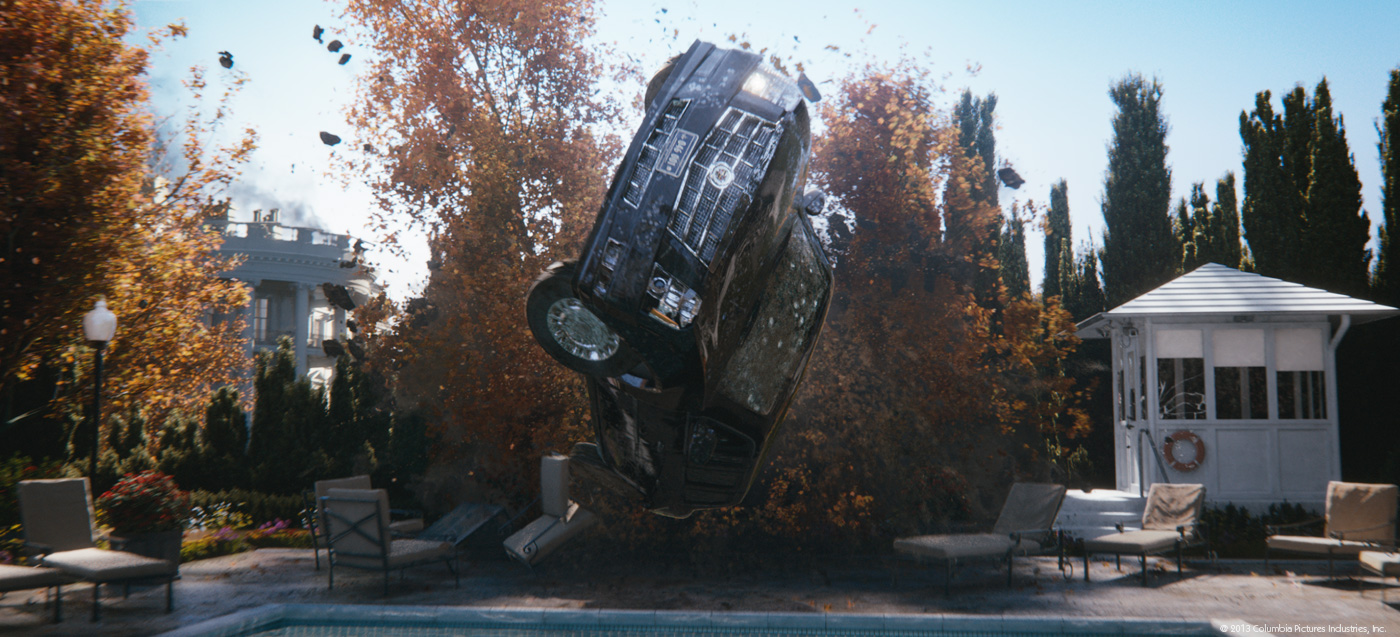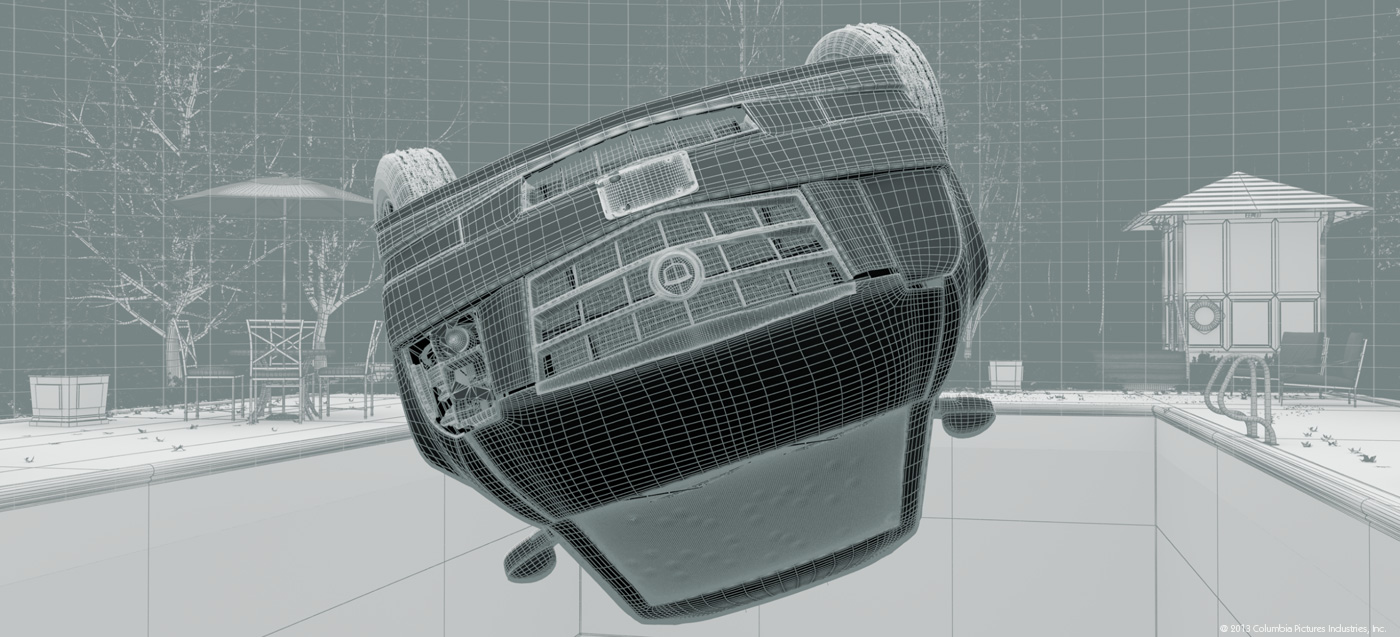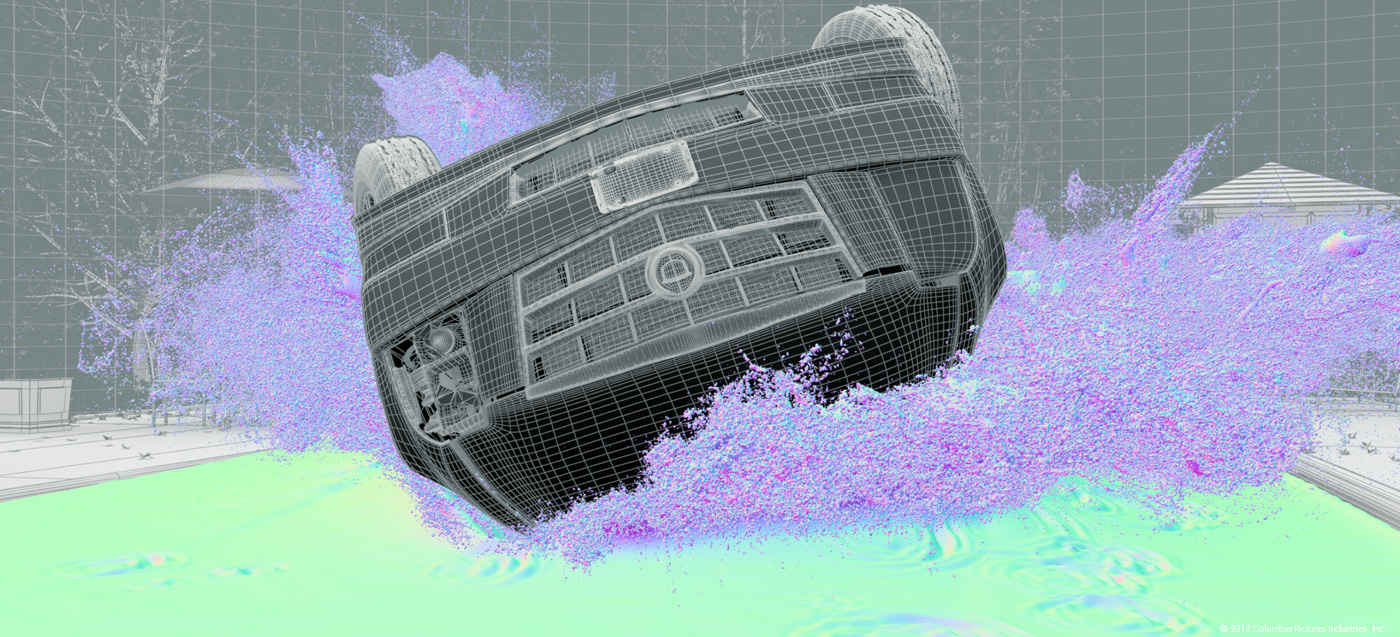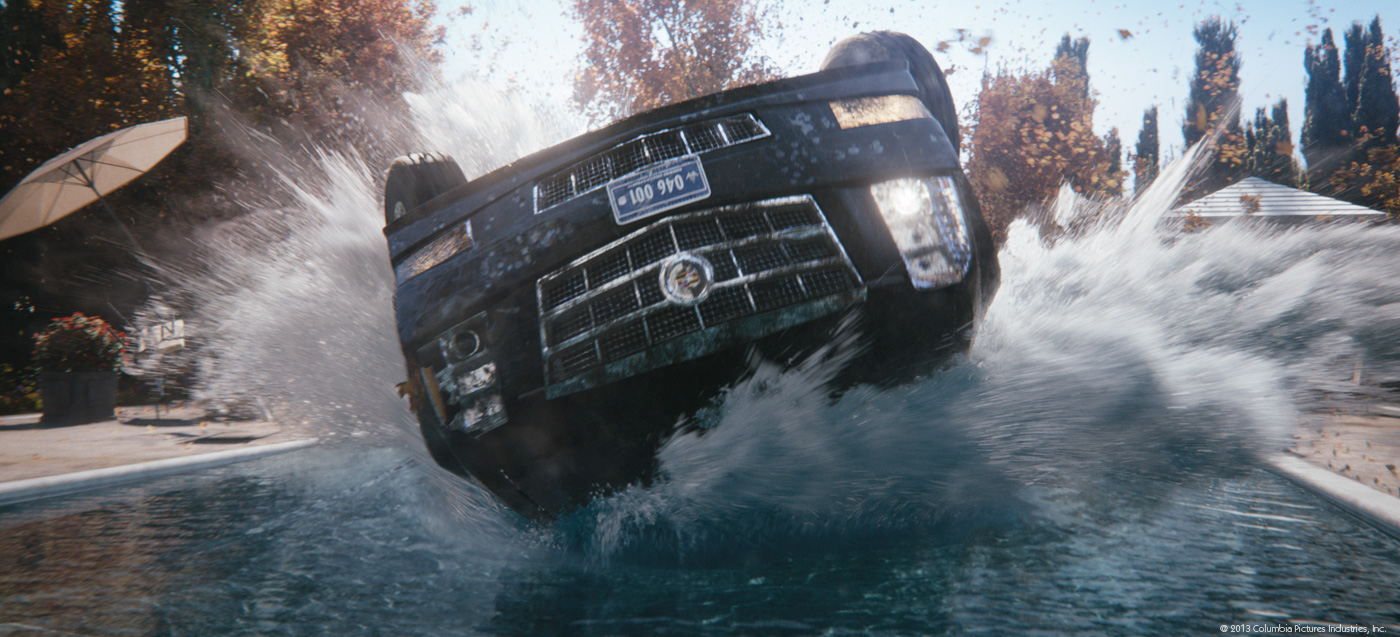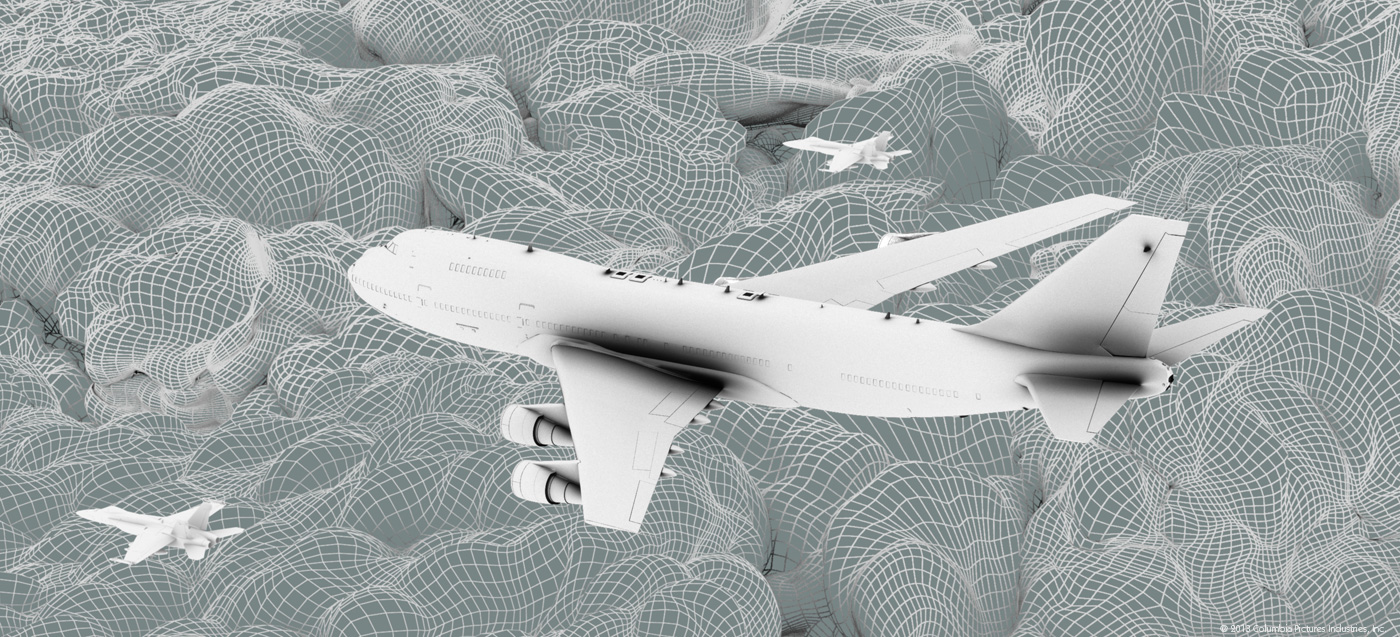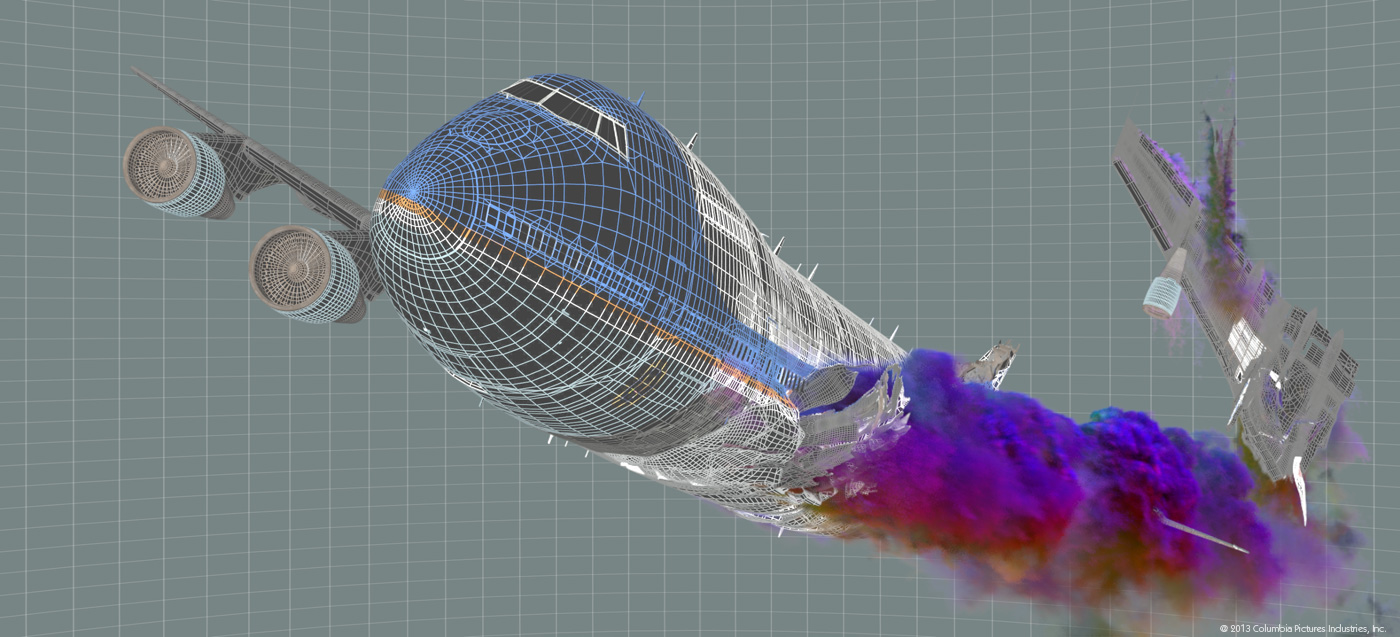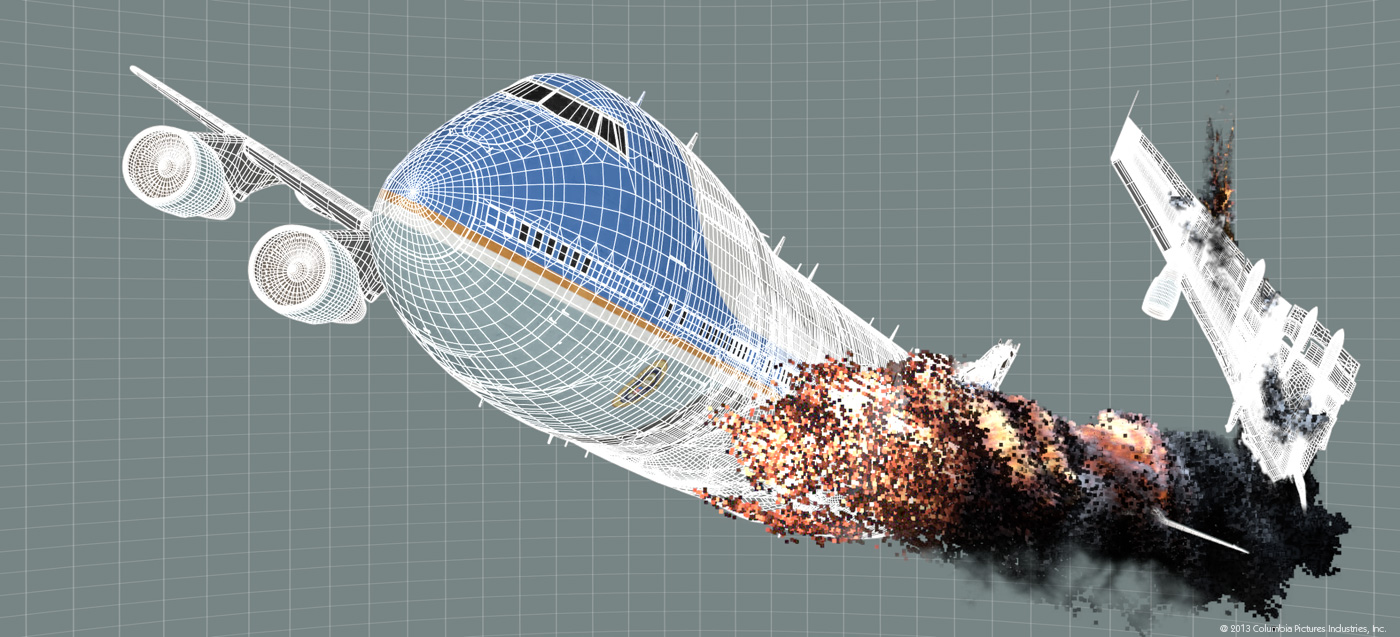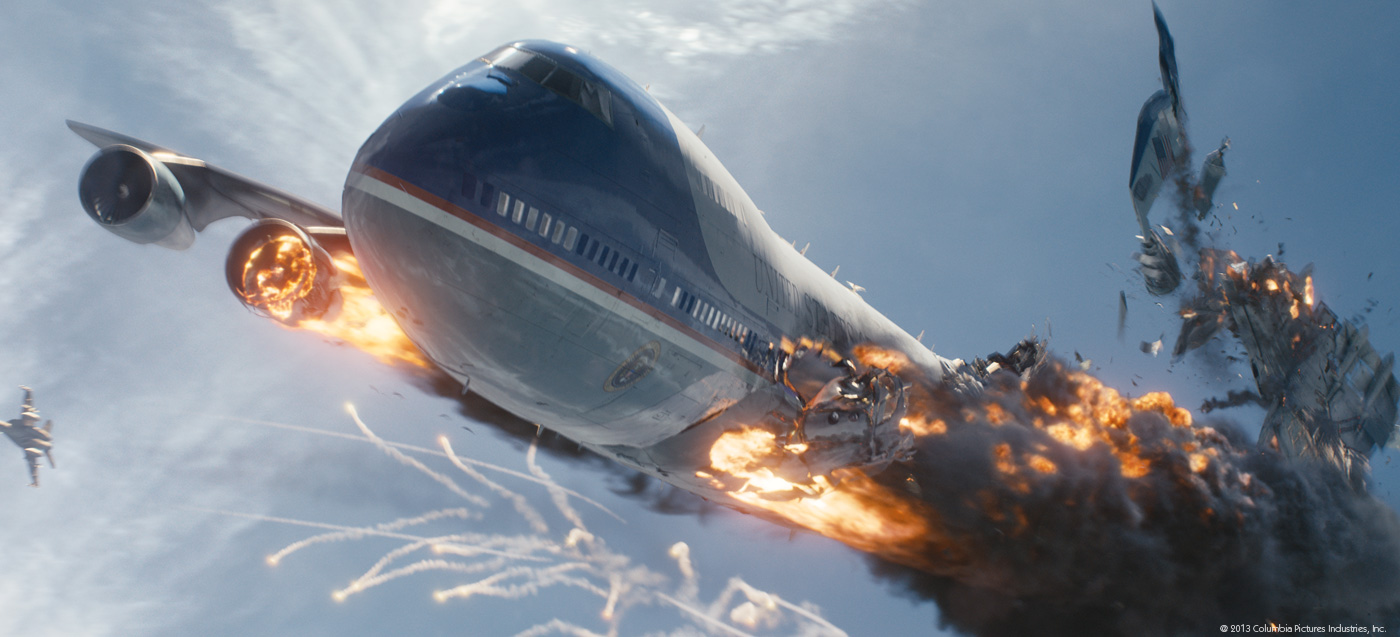Jan Krupp is working in the visual effects for more than 14 years. At Scanline VFX, He participated in many films such as DOWNFALL, THE AVENGERS or CLOUD ATLAS.
What is your background?
Since I was a kid I was fascinated by sci-fi and fantasy worlds and when PCs became powerful enough to render 3D graphics, I realized that this might be a way for me to make such worlds come alive, so I started to teach myself some very basics of CG. In 1997 I began as a 3D generalist trainee at Scanline VFX. Since our team was very small during this time, common practice was that an artist did a shot from start to finish, so I learned all aspects of a vfx shot from matchmove to the final comp. At around 2001 I started to do set supervising, shortly after that I became VFX Supervisor at Scanline VFX.
How was the collaboration with director Roland Emmerich?
We received all his notes through Volker and Marc.
What was his approach about the visual effects?
One aspect I really liked was that he wanted to have a clean and crunchy image, so no excessive glows, lens flares or any other lens effects.
How was the collaboration with Production VFX Supervisors Volker Engel and Marc Weigert?
Great, they always gave us precise instructions on what was important to them and Roland, and they were open to our ideas, so we could really contribute to the shots.
What have you done on this show?
We did 9 complex full CG shots, 3 shots in the sequence where the presidential limousine is chased on the white house grounds, and 6 shots with the Air Force One lifting off Andrews Air Force Base and later getting shot down by a Surface to Air Missile.
How did you approach the impressive shot on the limo splash?
We started with a previz, there were two key moments that had to be staged. The Limo crashing through the trees and the splash when the Limo hits the pool water, which should cover the camera in the end of the shot.
For the splash, we searched for references to get an idea how the water would get displaced by the limo and how the water affects the limo’s movement, its amazing how many people out there actually drive their car over some sort of ramp into lakes, rivers or mud pools. The pool water was then simulated with Flowline, and tweaked until we had the desired result.
The Trees were created, according to set references, with a controllable hierarchy. After we ingested that hierarchy into Thinking Particles, we were then able to control what parts of the tree should just bend and what should get ripped off from the main trunk down to the leaves. This was then done with several simulation passes for different parts of the tree hierarchy, that were dependent on each other.
To fill the shot up, debris from the RPG explosion was simulated that would interact with the trees, the limo, the pool furniture and the pool water. The Pool furniture gets also kicked away by the limo ,this was first roughly simulated and, based on that, key frame animated.
Can you explain in details about the creation of the limo and the environment?
We received the limo model from Prime Focus. Since their model was for wide shots only, we remodeled the front and the back and added destruction that should be visible in our shots. For the environment we received the White House and the White House grounds from Method Studios. The environment directly surrounding the the pool area had to be build by us with references from the set provided by the production.
How did you create the water and the interaction with the limo?
The water was done with Flowline, Scanline’s proprietary in-house fluid software.
How did you work with the others VFX studios and especially about the assets sharing?
We received some assets from Prime Focus, Method Studios and Luxx Studios.
Can you explain in details about the Air Force One creation?
The Air Force One was based on a model that was already used in Roland Emmerich’s 2012.?We had to add some detail to the hull due to a real life upgrade of the plane. And for the shots where Air Force One is starting from Andrews Air Force Base, we had to build a very detailed, rigged landing gear that gets retracted in one of the shots. For the shots where the AF1 is hit by a missile, we created a second model with the desired level of destruction, and interior elements where the hull gets ripped open.
Can you tell us more about the clouds creation?
In the beginning we planned to do the clouds as a layered matte-painting, but getting footage with the right perspective and lighting turned out to be quite difficult. Our FX guys did some test renderings with volumetric clouds created with Flowline, those looked so promising that we instantly switched to creating all the clouds with this technique.?We were then in full control of the lighting and structure of the clouds, and also the rendering was surprisingly fast.
Air Force One is then hit by a missile. How did you prepare this sequence?
First we created a previz based on a briefing from Volker and Marc. We watched a lot of references of planes crashing and being blown up for tests, to get an idea how the plane would react to a explosion. We then identified what kind of destruction should happen to which parts of the plane. And what kind of extra action should happen, like i.e. a F18 launching flares, so that the shot remains visually strong over the whole length. We then staged the light so that it would give us a nice shading on the AF1 and the clouds throughout the whole shot.
Can you explain in details about the explosion?
The destruction was modeled and animated with blend shapes. Big chunks of debris were key frame animated. These animations were given to the FX artists who created secondary debris, like glass from the bursting windows and smaller metal parts from the interior hull structure with Thinking Particles. All these results were then given to the Flowline team which created the fire and smoke simulations based on these information.
How did you create the fire and the smoke?
We used our in-house fluid software Flowline.
Can you explain more about the rendering process for this sequence??
We were using V-Ray for rendering.
Was there a shot or a sequence that prevented you from sleep??
Literally speaking, the trailer deadline.
What do you keep from this experience?
Some sleep to catch up and it was a great experience, I really love complex shots its great when all those small pieces finally come into place and make the image as a whole work.
How long have you worked on this film?
The first previz work started back in september 2012 and it was finished in may 2013.
How many shots have you done?
We finished a total amount of 10 shots, but only 9 made their way into the final edit.
What was the size of your team?
At Scanline VFX Munich we had a team of 40 artists working on this show during the course of the project.
What is your next project??
Scanline VFX Munich is currently working on several german TV feature film projects and the movie LA BELLE & LA BÊTE by french director Christophe Gans.
What are the four movies that gave you the passion for cinema??
RETURN OF THE JEDI, STAR TREK: THE ORIGINAL SERIES, ALIENS and THE FEARLESS VAMPIRE KILLERS.
A big thanks for your time.
// WANT TO KNOW MORE?
– Scanline VFX: Official website of Scanline VFX.
© Vincent Frei – The Art of VFX – 2013


